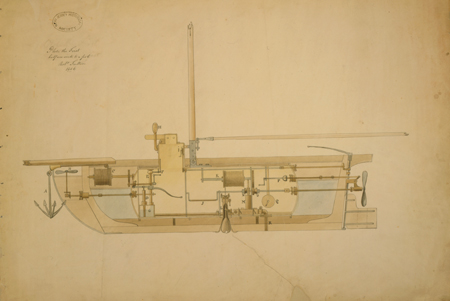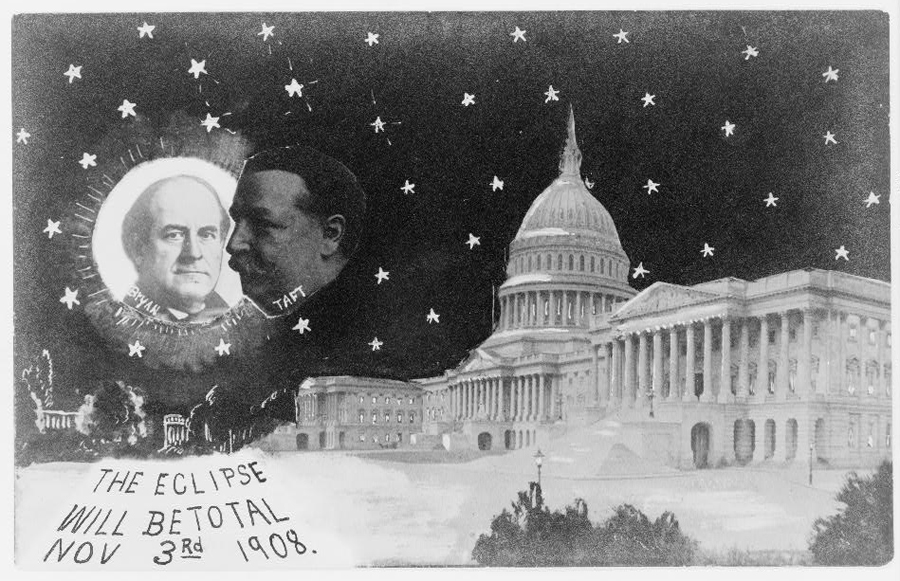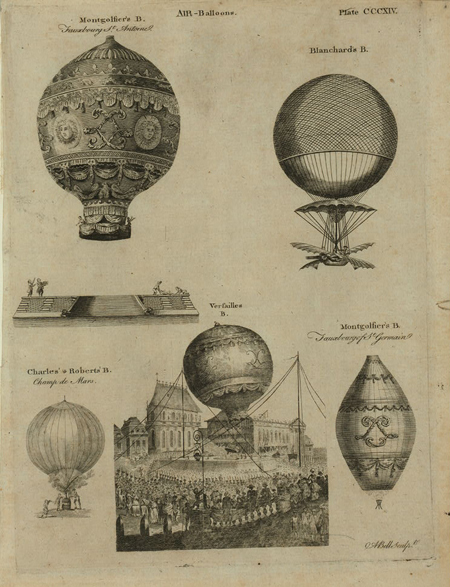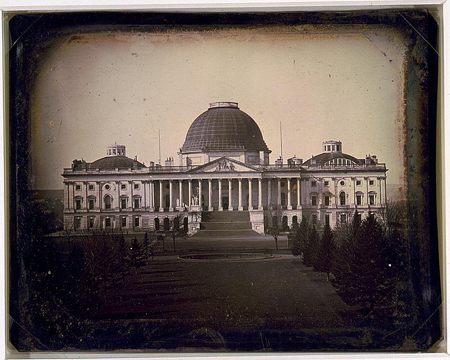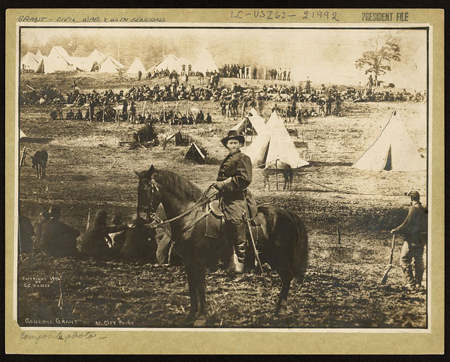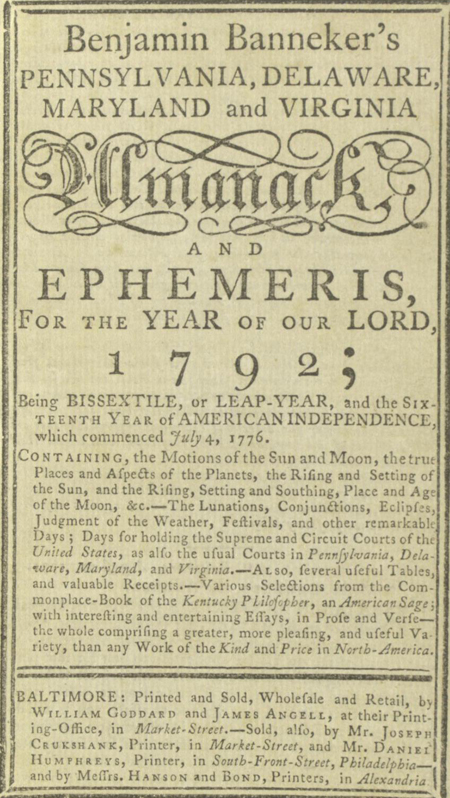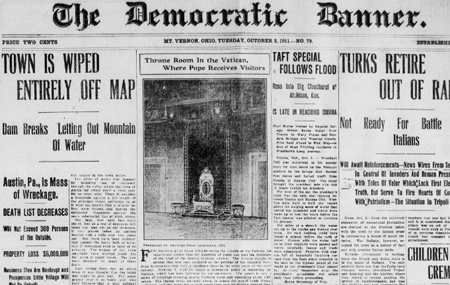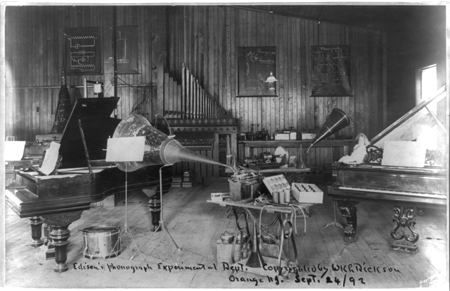Primary Source Learning: Progressive Era Primary Source Set
Have students use the primary sources in this set to tell a story about the period 1900-1929. The Progressive Era was one of economic growth and prosperity but also one in which many worked to make American society a better and safer place through environmental, business and government reforms. The story about this time of…


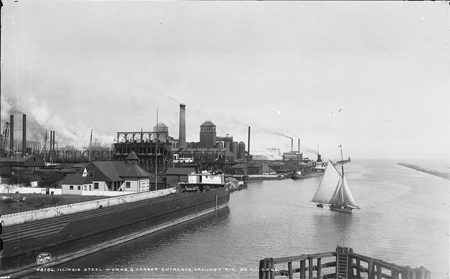
![Thomas Jefferson ["Maccaroni" machine with instructions for making pasta] Holograph drawing and text, 1787](https://primarysourcenexus.org/wp-content/uploads/2012/04/jeffersonpastamachine.jpg)
